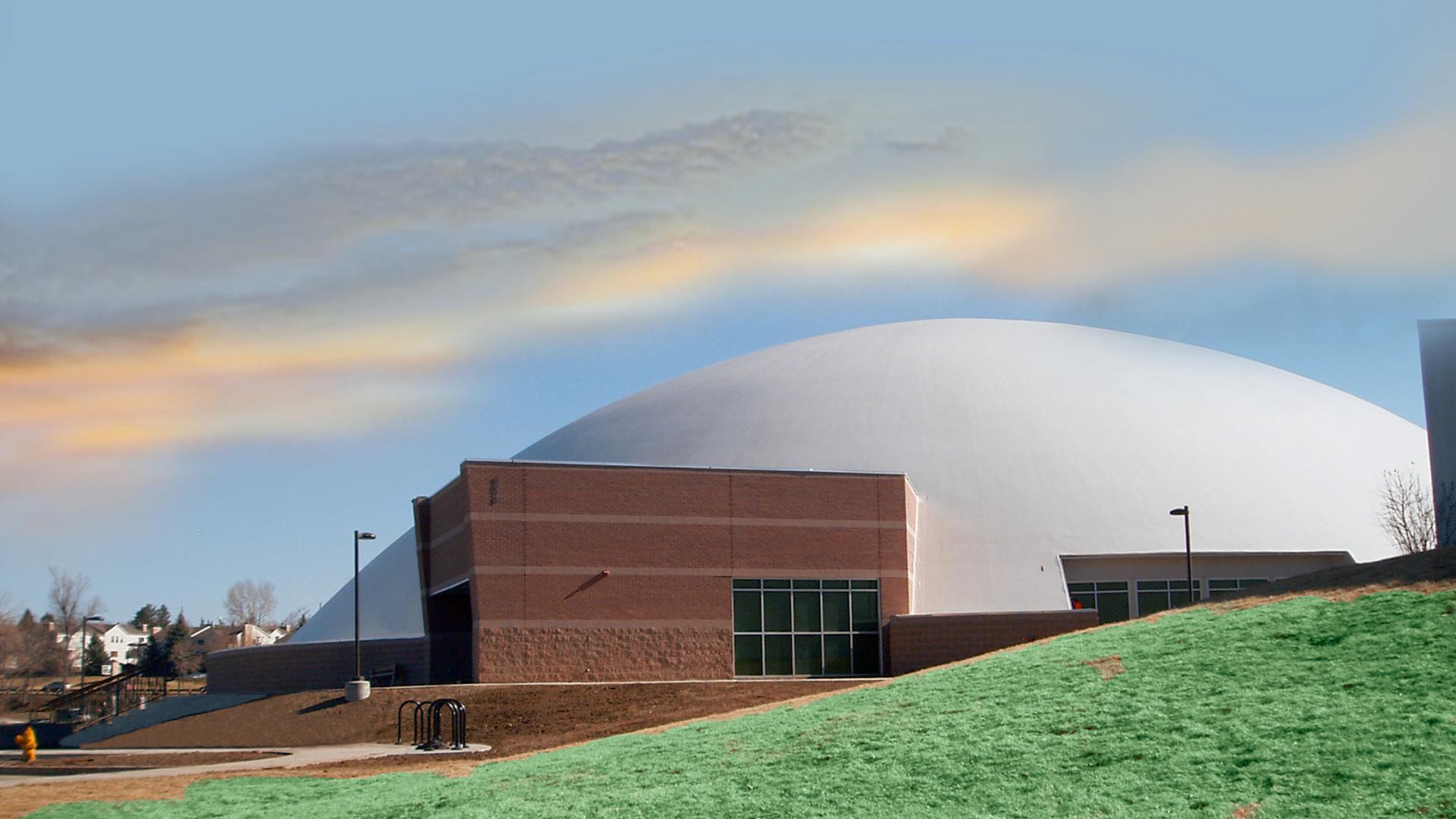Church Domes

Church domes, a prominent feature in religious architecture, hold significant value both culturally and architecturally. These domes, transcending mere structural elements, symbolize the spiritual aspirations of humanity, reaching towards the heavens. Their historical and contemporary significance is evident in various religious traditions, reflecting a blend of aesthetic beauty, symbolic meaning, and engineering prowess.
Architecturally, church domes are marvels. They represent a culmination of complex engineering and artistic mastery. Historically, the construction of a dome was a testament to a community’s or a patron’s devotion and resources, often pushing the boundaries of contemporary architectural knowledge. In modern times, they continue to blend traditional designs with new materials and technologies, showcasing a continuity of faith and innovation. The dome’s structure, often placed atop a square base, necessitates sophisticated engineering solutions to support its weight and distribute it evenly. This architectural achievement is not just functional but also serves as a visual focal point, drawing the eyes upwards, symbolizing the ascent to the divine.
The aesthetic value of church domes is unparalleled. Often adorned with intricate artwork, mosaics, or frescoes, these domes are not just structures but canvases that tell stories. They depict religious narratives, celestial scenes, or important figures, serving as a visual catechism for the faithful. The interior decoration of a dome often plays with light and space, creating an atmosphere of awe and reverence, an essential element in religious architecture.
Symbolically, domes hold profound religious significance. They represent the heavens, the universe, or the dome of creation in various religious traditions. This symbolism is deeply rooted in the psyche of the faithful, making the dome a powerful reminder of the spiritual world and the presence of the divine in the physical realm. In many churches, the central position of the dome over the altar or the nave signifies the importance of the divine in the center of communal worship and religious life.
Furthermore, church domes contribute significantly to cultural and historical heritage. They are landmarks in their communities, often defining the skyline of cities and towns. As part of the architectural heritage, they connect present communities with their past, telling stories of faith, art, and history. This aspect makes them valuable not just to the faithful but also to historians, artists, and tourists, contributing to cultural understanding and appreciation.
See How It Works for Your Facility
Use our interactive configurator to design your perfect air dome, get instant pricing, and visualize your space in 3D—all in under 5 minutes.
Explore ConfiguratorIn conclusion, church domes are much more than architectural elements. They are embodiments of human faith, artistic expression, and architectural ingenuity. Through their grandeur, beauty, and symbolism, they continue to inspire, educate, and connect communities, transcending time and cultural barriers. As living monuments of faith and creativity, they hold a special place in the landscape of human achievement and spiritual expression.
Ready to Take the Next Step?
Schedule a free consultation with our experts. We'll review your site, answer your questions, and provide a detailed proposal tailored to your needs.
Book Free Consultation